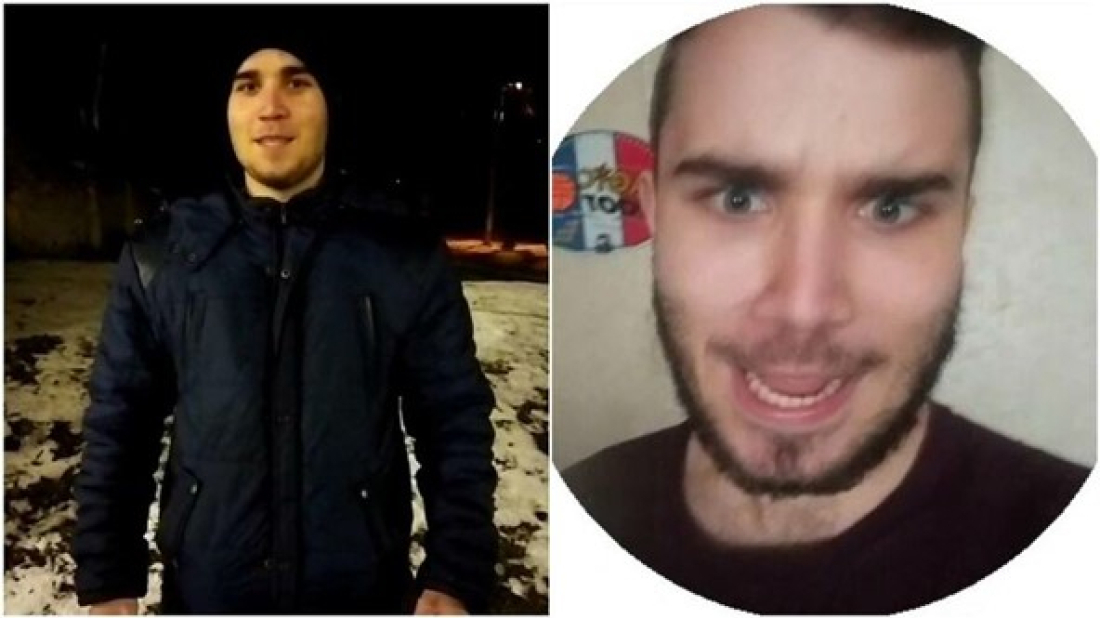From conflicts to ceasefire: The wars that defined 2025
From the invasion of Ukraine to today’s border ceasefire in Southeast Asia, the global security architecture has undergone a period of unprecedented...
Bishkek was gripped by panic on the evening of 16 October after a video circulated on messaging apps showing a young man threatening schoolchildren with violence. Within minutes, the footage spread through parents’ chats, teachers’ groups and local Telegram channels. Fearing the worst, parents flood
City police acted quickly, cordoning off the schools mentioned in the messages and inspecting the premises. By midnight, authorities confirmed there were no explosive devices and that the threat had been false. Yet the incident revealed something far more troubling: how easily fear can spread in the digital age. Investigators soon identified the person behind the video.

The suspect was named as Yaroslav Ovsiuk, a Ukrainian national born in 2005. According to Kyrgyz and Russian authorities, Ovsiuk has been internationally wanted since 2024 under Russian charges of "telephone terrorism". Russian media link him to the so-called Columbine movement, a banned extremist network that emerged from the cult following of the 1999 Columbine High School massacre in the United States. Members of this movement glorify school violence and recruit teenagers through online chats and anonymous platforms.
According to Kyrgyz media, Ovsiuk’s name has appeared in several Russian investigations since 2021 - in Kazan, Sochi, Krasnoyarsk and St Petersburg - where he was reportedly involved as a remote curator of online groups encouraging attacks on schools. Russian security services have accused him of spreading deliberate threats and extremist propaganda. Law enforcement officials in Kyrgyzstan say the video that triggered the latest panic was uploaded through foreign servers.
By the time the clip reached Bishkek on 16 October, the city was in turmoil. Messages multiplied rapidly, each adding new and unverified details - reports of "suspicious backpacks" or "a man in a hood" near schools. Although police reassured residents late that night that there was no danger, the sense of fear lingered. Many parents admitted they had not slept all night, and several schools remained cautious the next morning despite official instructions to resume normal operations.
Experts in cybersecurity describe such incidents as "information-psychological attacks". Their purpose is not physical harm but emotional destabilisation - spreading fear, undermining trust and exposing institutional weaknesses. Bishkek’s experience demonstrated how one short video was enough to unsettle a city of more than a million people.
No one was injured, but the psychological and organisational toll was significant. The Kyrgyz police say they continue to work with international partners to locate Ovsiuk. Russia’s Interior Ministry has confirmed that he remains on their wanted list, although his whereabouts are unknown.
New York placed the state under emergency measures on Friday as a powerful winter storm brought the heaviest snowfall since 2022, disrupting travel across the north-east of the United States.
Polish fighter jets on Thursday intercepted a Russian reconnaissance aircraft flying near Poland’s airspace over the Baltic Sea and escorted it away from their area of responsibility.
Russia launched missiles and drones at Kyiv and other parts of Ukraine overnight on Saturday, Ukrainian officials said, ahead of talks on Sunday between President Volodymyr Zelenskyy and U.S. President Donald Trump aimed at ending nearly four years of war.
The United States carried out a strike against Islamic State militants in northwest Nigeria at the request of Nigeria's government, President Donald Trump and the U.S. military said on Thursday.
Israel became the first country to formally recognise Somaliland as an independent state on Friday, drawing strong condemnation from Somalia and regional and international organisations.
New York placed the state under emergency measures on Friday as a powerful winter storm brought the heaviest snowfall since 2022, disrupting travel across the north-east of the United States.
Start your day informed with AnewZ Morning Brief: here are the top news stories for the 27th of December, covering the latest developments you need to know.
Thailand and Cambodia agreed to halt weeks of fierce border clashes, the worst fighting in years between the Southeast Asian neighbours, which has included fighter jet sorties, rocket fire and artillery barrages, on Saturday.
Russia plans to modernise its nuclear triad, strengthen ground forces, and develop a universal air defence system as part of its new State Armament Programme for 2027–2036, the Kremlin announced on Friday.
At least 12 people have been confirmed dead and more than 160 are feared dead after a migrant vessel en route to Spain’s Canary Islands capsized off the coast of Senegal earlier this week.
You can download the AnewZ application from Play Store and the App Store.

What is your opinion on this topic?
Leave the first comment